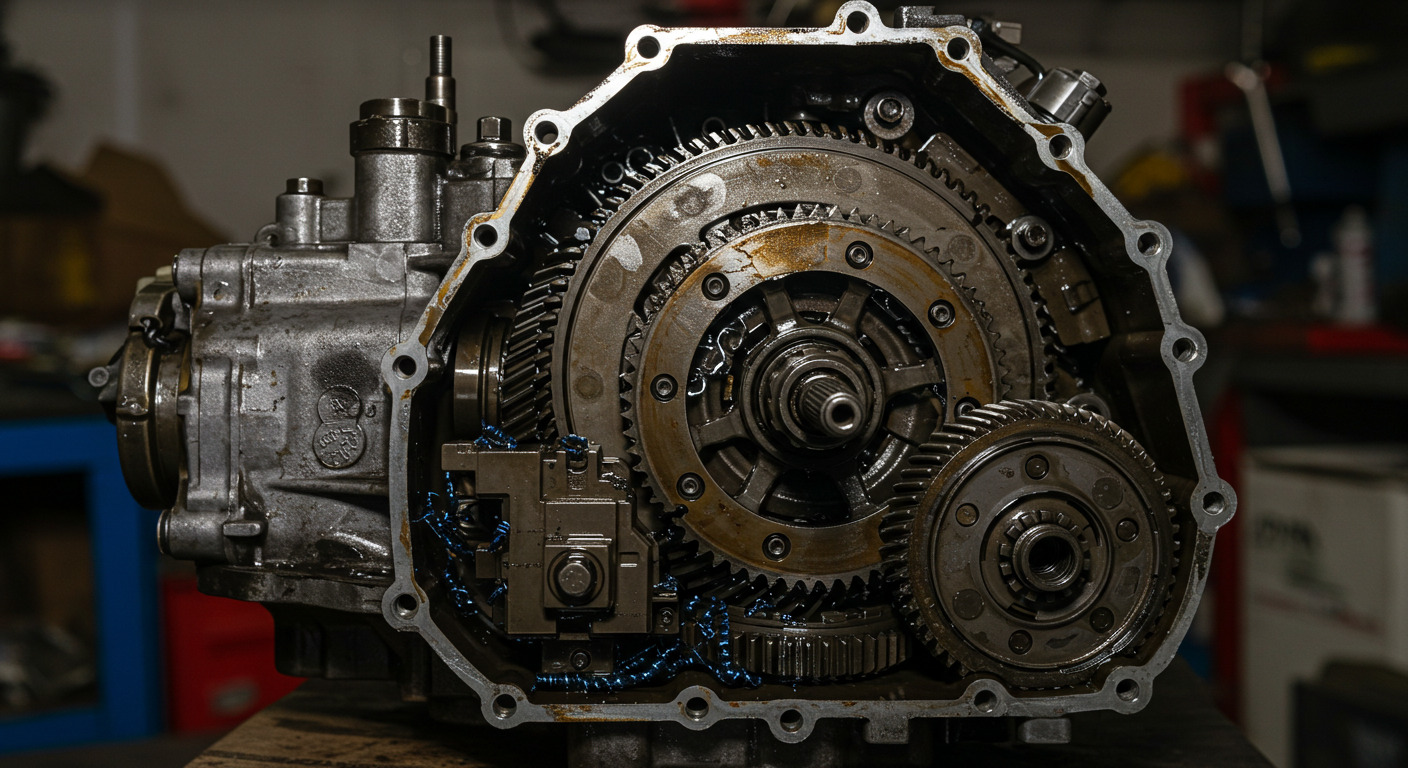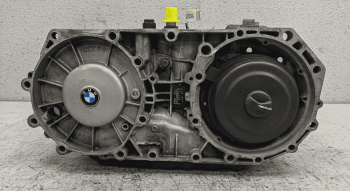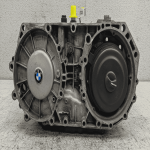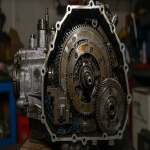Best Practices for Driving an Automatic Transmission Vehicle
Automatic transmission vehicles are designed to make driving easier and more convenient. Unlike manual cars, which require constant gear changes, automatics shift gears on their own, allowing for a smoother and more effortless drive. However, to ensure longevity, efficiency, and safety, there are best practices every driver should follow when using an automatic transmission vehicle.
1. Always Start in ‘P’ (Park) or ‘N’ (Neutral)
When starting your vehicle, ensure that the gear is set to ‘P’ (Park) or ‘N’ (Neutral). Most modern automatic cars will not start unless they are in one of these modes. This prevents accidental movement when turning on the engine.
2. Use the Brake When Shifting Gears
Always keep your foot on the brake pedal when shifting from ‘P’ to ‘D’ (Drive) or ‘R’ (Reverse). This prevents sudden jerks that can strain the transmission and ensures smooth gear transitions.
3. Avoid Sudden Acceleration and Braking
Rapid acceleration and abrupt braking put excessive stress on the transmission system. Smooth and gradual acceleration and braking not only protect the transmission but also improve fuel efficiency and overall driving comfort.
4. Do Not Rest Your Foot on the Brake Pedal While Driving
Riding the brake while driving can cause excessive wear on the braking system and may result in overheating. It can also confuse the transmission, leading to unnecessary gear changes and reduced fuel efficiency.
5. Come to a Complete Stop Before Shifting Between ‘D’ and ‘R’
Shifting between ‘Drive’ and ‘Reverse’ without coming to a complete stop can severely damage the transmission. The sudden change in direction can strain the internal components, leading to costly repairs.
6. Use the Handbrake When Parking
Even if your vehicle is in ‘P’ (Park), always engage the handbrake (parking brake) when parking, especially on inclines. This prevents unnecessary stress on the parking pawl, a small but crucial component in the transmission system.
7. Avoid Holding the Car on an Incline Using the Accelerator
When stopped on a slope, do not use the accelerator to keep the vehicle stationary. Instead, use the brake or engage the parking brake to avoid unnecessary transmission wear and potential overheating.
8. Follow Regular Transmission Maintenance
Regular maintenance, such as checking and changing the transmission fluid, is essential for smooth operation. Low or dirty transmission fluid can lead to overheating and reduced performance. Always follow the manufacturer’s recommended service intervals.
9. Be Mindful of Towing Capacity
Automatic transmission vehicles have specific towing capacities. Overloading or towing beyond the recommended limit can put excessive strain on the transmission, leading to overheating and potential failure.
10. Warm Up Your Car in Cold Weather
If you live in a cold climate, allow your engine and transmission to warm up for a few minutes before driving. This ensures proper fluid circulation and reduces strain on the transmission system.
Conclusion
By following these best practices, you can extend the lifespan of your automatic transmission vehicle, improve fuel efficiency, and enhance overall driving comfort. Proper care and attention to your vehicle’s transmission will save you from costly repairs and ensure a smooth driving experience for years to come.



